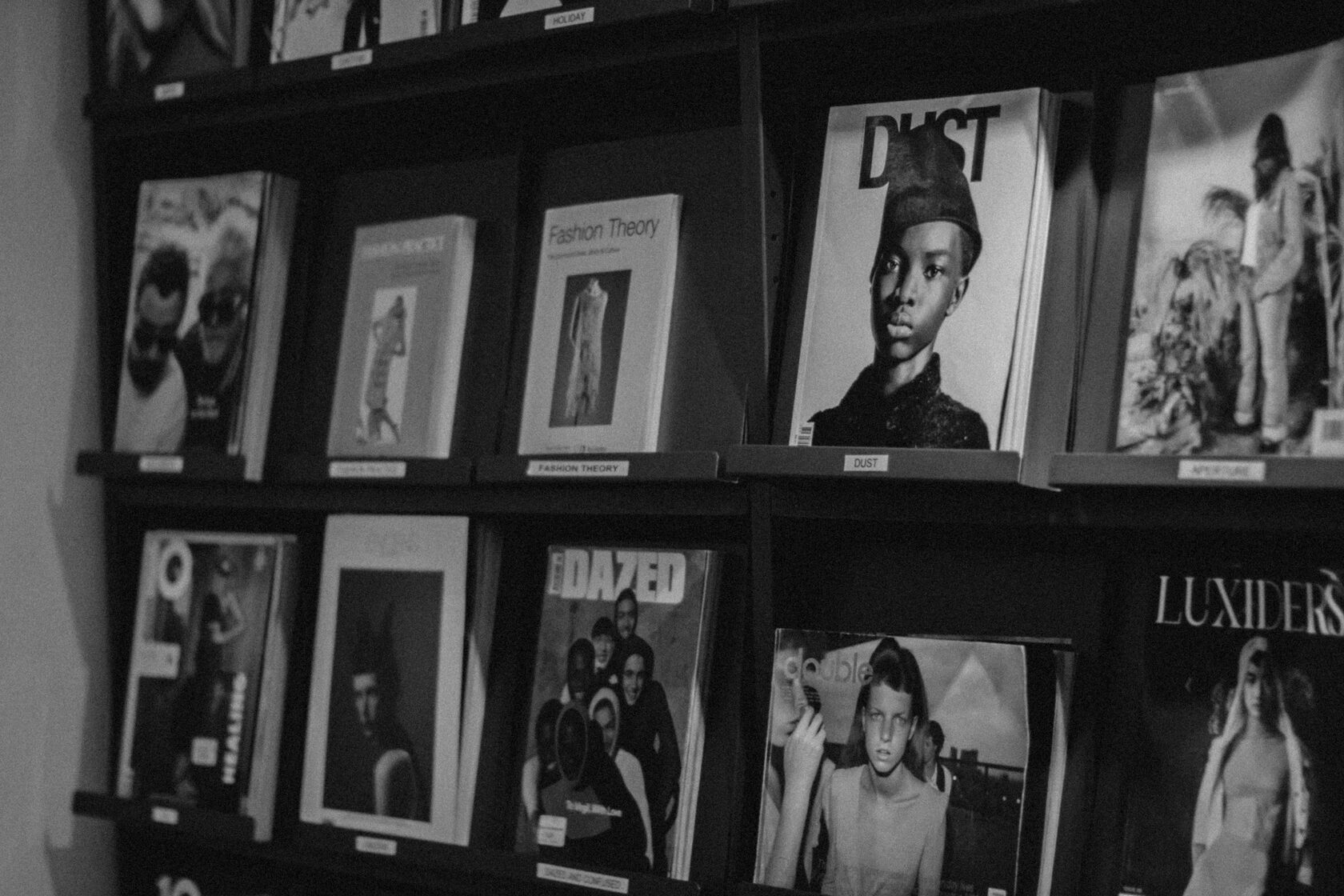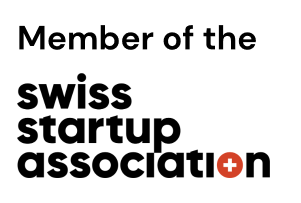This article guides aspiring fashion journalists through a strategic approach that places practical experience at the forefront, emphasizing its importance over formal education. It explores the challenges and opportunities within the evolving landscape of fashion journalism, advising on targeted education, the significance of internships, and the development of a unique writing style. It concludes with insights into language proficiency, strategic career decisions, and the essential role of networking, particularly in the context of events like Fashion Week. The article wraps up with a strong recommendation for active LinkedIn engagement as a crucial component of building a successful journalism career.
While education undeniably holds significance, when weighed against experience in the realm of journalism - encompassing published articles, editorial work, and an understanding of the inner workings of publications - the latter tends to take precedence
For those aspiring to become fashion journalists, a conventional “Journalism & Communications” faculty may not be the most conducive. General journalism faculties cover a broad spectrum, delving into international journalism, reporting, photography, video storytelling, and politics, which may not align with the primary focus of fashion journalism. Merely knowing the names of renowned journalists covering war zones may not secure a position as a fashion editor at Harper’s Bazaar.
A targeted education, such as a dedicated program in “Fashion Journalism” or a closely related field, proves invaluable. Fortunately, the landscape of fashion education is expanding, with even non-specialized universities offering relevant departments. For example, the Università degli Studi di Milano has a master’s degree program that intertwines journalism and fashion – a boon for those with a general journalism background seeking a career in the fashion industry.
Despite the emphasis on education, top-tier magazine opportunities hinge on proficient writing skills, hands-on experience, a well-crafted resume, and a compelling cover letter. A strategic career path involves establishing a blog before university and engaging in internships during the academic journey.
During the blogging phase, it is advisable to meticulously study the writing styles of target magazines. Read their articles every day and analyze: what words are used, what adjectives describe cosmetics and clothing, what verbs are used in headlines, are the sentences long or short? Your articles should be written in the same style.
University professors contribute a theoretical foundation, covering clear writing principles, online publication dynamics, and the historical context of fashion. Concurrent internships serve to solidify this knowledge in a practical setting. By the end of university, a student should possess a theoretical understanding and practical experience, accompanied by a robust portfolio and valuable connections.
The initial year of university is opportune for online internships, allowing a smoother integration with academic responsibilities. Don’t start with Condé Nast, but with something simpler that will give you some knowledge and experience. For example, a local magazine in your city. Study their style, write three articles, find the editor’s email on the website in the “contacts” section and send them along with your resume and cover letter, explaining why you want to do an internship with them.
The intricacies of digital journalism, including SEO and CMS, may not be covered comprehensively in journalism programs. Supplementing this knowledge through online lectures on SEO and familiarity with platforms like WordPress and 1C-Bitrix becomes crucial, especially for those eyeing positions in esteemed organizations like Condé Nast.
The second year marks a transition to internships with print publications. While aspiring for prestigious magazines like Vogue or Harper’s Bazaar is natural, focusing on print editions catering to younger audiences, such as Girls’ Life, can be a pragmatic approach. These experiences not only offer easier access but also invaluable exposure.
In the third year, with a wealth of knowledge and diverse experience, aspiring journalists can aim for placements in renowned publications. Applying to intern at distinguished organizations should be timed to align with the final year of study, as post-internship job offers may arise, potentially conflicting with ongoing academic commitments.
My conclusion is: studying to be a journalist and then immediately getting a job won’t work. If you want to get into a top publication immediately after graduating from university, all three years of your bachelor’s degree must be accompanied by active internships.
In tandem with internships, networking is indispensable. Attendance at industry events and endeavors like Fashion Week provides invaluable opportunities to connect with professionals in the field.
Nowadays, many brands sell tickets to FW shows, and some even invite you for free. The main thing is to get accredited. For example, on the Copenhagen Fashion Week website, you need to indicate if you are a journalist, photographer, or content creator by selecting the shows you want to attend. If you are lucky enough to get approved, you will be able to participate in such a large-scale event and then write a review on it.
While adapting to a publication’s style is essential, nurturing one’s distinct voice is equally crucial. Building a unique style involves expanding vocabulary through diverse reading, including books and fashion magazines, and experimenting with different writing structures.
Expanding your vocabulary will help you develop your own style - read books of different genres, analyze fashion magazines, and learn words from the dictionary. Another effective exercise is to choose a topic and write a paragraph consisting of long sentences, and then write a paragraph on the same topic, but consisting of only short sentences. This way you will learn to quickly paraphrase texts and write articles of the required size the first time.
One often overlooked aspect of the profession is language proficiency. To compete effectively, one must master the language of the country in which they plan to work. Therefore, strategic decisions about where to study become paramount - aligning language studies with future career locations.
You must initially understand where you want to live. Studying in English while dreaming of living in Milan and working at Vogue Italia is thoughtless. If you plan to live and work in the UK or USA, study in English. If you want to live and work in Paris, look for universities in France, Belgium, or Switzerland.
My journey as a journalist would have been shortened significantly if I had thought about this in time. I entered the Anglo-American University in Prague and studied in English, but the country is not English-speaking, and to get a job at Cosmopolitan or Vogue, you need Czech. Almost immediately I realized that I wanted to live in Milan, and again the problem was that I needed Italian. This is why I strongly recommend studying journalism in the language in which you plan to work.
Lastly, take care of your LinkedIn page. Perhaps your parents, friends, or teachers at school constantly talk about how important it is to be active on LinkedIn, and that it should be your second Instagram (if not the first one), but, unfortunately, no one told me about this, and I found out it only when I graduated from university and took a career course.
LinkedIn should be the main social network where you like posts every day, share useful information, publish articles about fashion, talk about your successes, and build networking. Be sure to dedicate at least half an hour a day to LinkedIn.
In conclusion, the journey to becoming a successful journalist requires a judicious blend of education, hands-on experience, and strategic planning. By proactively integrating theory and practice, aspiring fashion journalists can carve a niche in the competitive industry.








